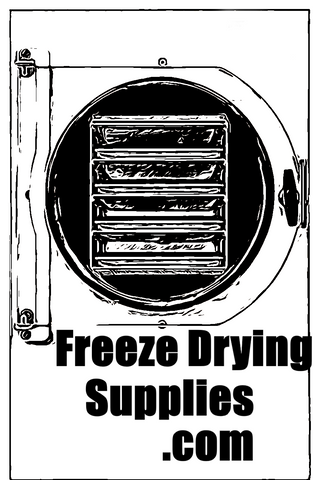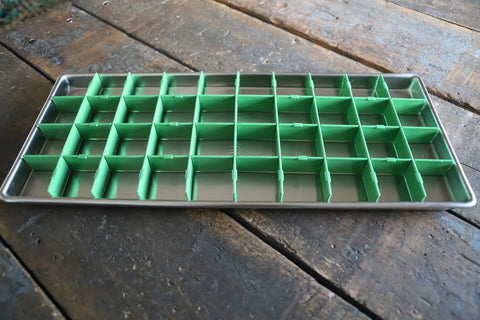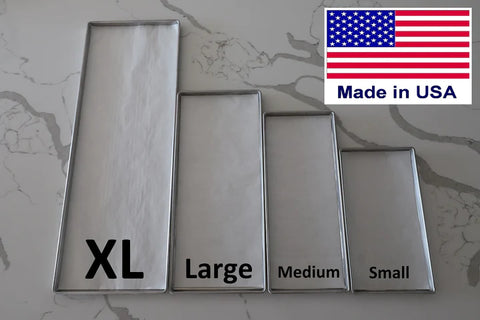Directions:
1. Add parchment paper to your trays
2. Spread the vegetable scraps evenly on your freeze-dryer trays
3. Pre Freeze when possible
4. Freeze dry (my cycle time was 35 hours)
5. Powder freeze-dried vegetables with a high-powered blender or food processor.
6. Store in jars for short-term use or in mylar bags for long-term storage
Rehydration:
Dissolve 1 tablespoon of broth powder in 1 cup of hot water. Stir well and use as desired in recipes
Notes:
Save your scraps in the freezer until you have enough to fill your tray(s). For buillion cubes, blend your scraps with a bit of water and make a paste. Pour it onto your trays add the 40-portion divider and freeze-dry
Common Vegetable Scraps for Broth:
Onion Skins & Ends – Adds depth and color
Garlic Skins & Ends – Enhances flavor
Carrot Peelings & Tops – Adds sweetness.
Celery Leaves & Ends – Contributes a mild flavor
Leek Tops & Green Parts – Boosts richness.
Mushroom Stems – Adds a deep, umami flavor.
Potato Peelings – Creates a thicker, heartier broth.
Tomato Ends & Skins – Adds acidity and sweetness.
Bell Pepper Cores & Ends – Adds a subtle sweetness.
Corn Cobs & Husks – Adds natural sweetness
Herb Stems- Enhances aroma and flavor.
Green Bean Ends – Mild and slightly sweet.
Parsnip Peelings & Ends – Brings sweetness
Beet Peelings & Tops – Adds a deep, earthy flavor
Zucchini & Squash Peelings – Mild & slightly sweet.
Vegetable Scraps to Avoid (or Use Sparingly):
Broccoli & Cauliflower Stems/Leaves – Can make broth bitter.
Kale, Collard, or Mustard Greens – Too strong and bitter.
Artichoke Leaves – Can be overly tough and bitter.
Radish Peelings – May add too much spiciness.
Eggplant Skins – Can be bitter.
Cabbage or Brussels Sprout Leaves – Adds depth but should be used sparingly to avoid bitterness.
Too Many Starchy Vegetables (Sweet Potatoes, Pumpkin, etc.) – Can make the broth cloudy and thick.





